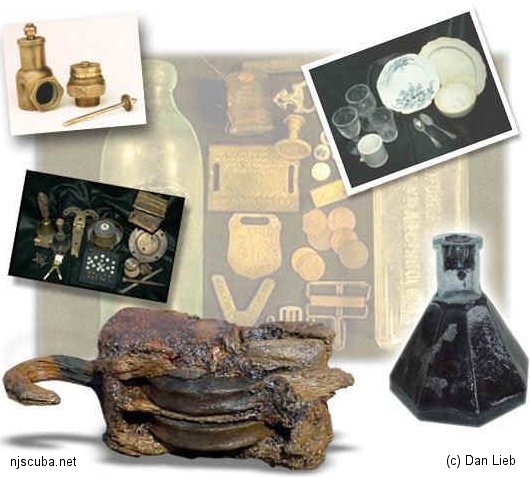Miscellaneous
Side-scan sonar is a modern method of underwater imaging that can produce remarkably detailed and realistic views of shipwrecks and other bottom features using sound rather than light.
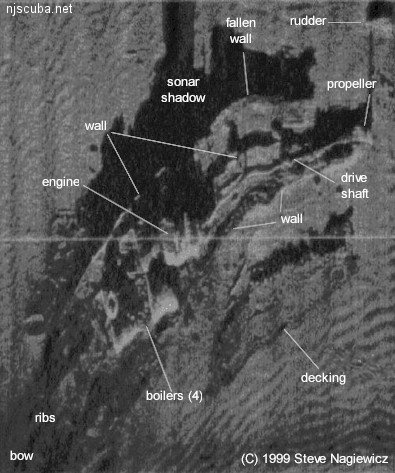
More: Side-scan Sonar ...
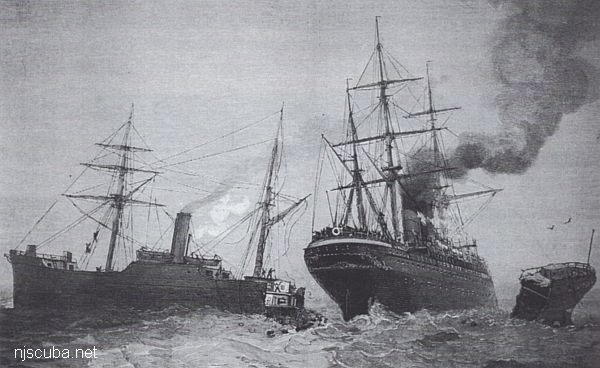
How do two ships in the wide ocean collide? It seems unlikely, and yet it happens all the time. Often, the ocean is not all that wide. Many collisions occur in shipping lanes and port approaches, where ships are brought together in close proximity. Here are some videos of actual collisions between ships:
More: Collision at Sea ...
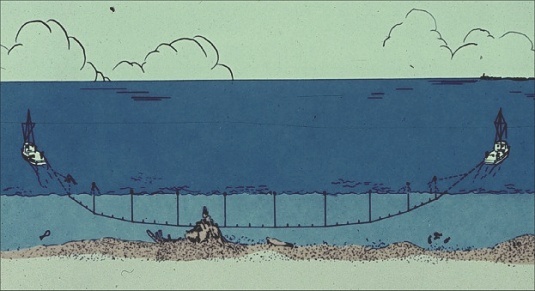
Wire dragging is an operation used to locate and/or reduce the navigational hazard of a sunken wreck, rock, or other obstruction.
More: Wire Drag ...
Finding a Shipwreck
by Capt. Steve Nagiewicz
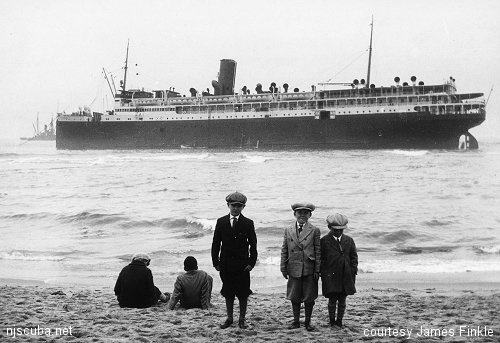
Of course, finding a shipwreck is a necessary prerequisite for finding artifacts. Many wreck locations are well known. Others are secrets, and many wrecks have yet to be discovered. While you can recover artifacts from almost any shipwreck, it is these "virgin" wrecks that are often the best producers of prize items like portholes, deadeyes, and china. But how do you find a wreck like this? Research is the most productive method. This will require visiting local libraries, historical societies, nautical museums, and many other institutions. It means lots of reading and digging for information. Be prepared to spend some time searching for clues that aren't willing to be found.
More: All About Artifacts ...
Artifacts recovered after long immersion in salt or freshwater require conservation treatment if they are to last. On exposure to high concentrations of oxygen in the air, iron artifacts will bloom into piles of rust. Wood will crack and split if dried out improperly. Organic materials will crumble to dust.
The manual below details conservation methods for many types of materials and artifacts.
More: Conservation of Artifacts ...
Marine distance measurements are expressed in terms of nautical miles. A nautical mile is significantly different from a common or statute mile. The conversion is 1 nautical mile = 1.151 statute miles, or approximately 6076 ft ( vs. 5280 ft for a statute mile. )
Why such a confounded thing as this? Here's why:
More: Distance & Navigation ...

